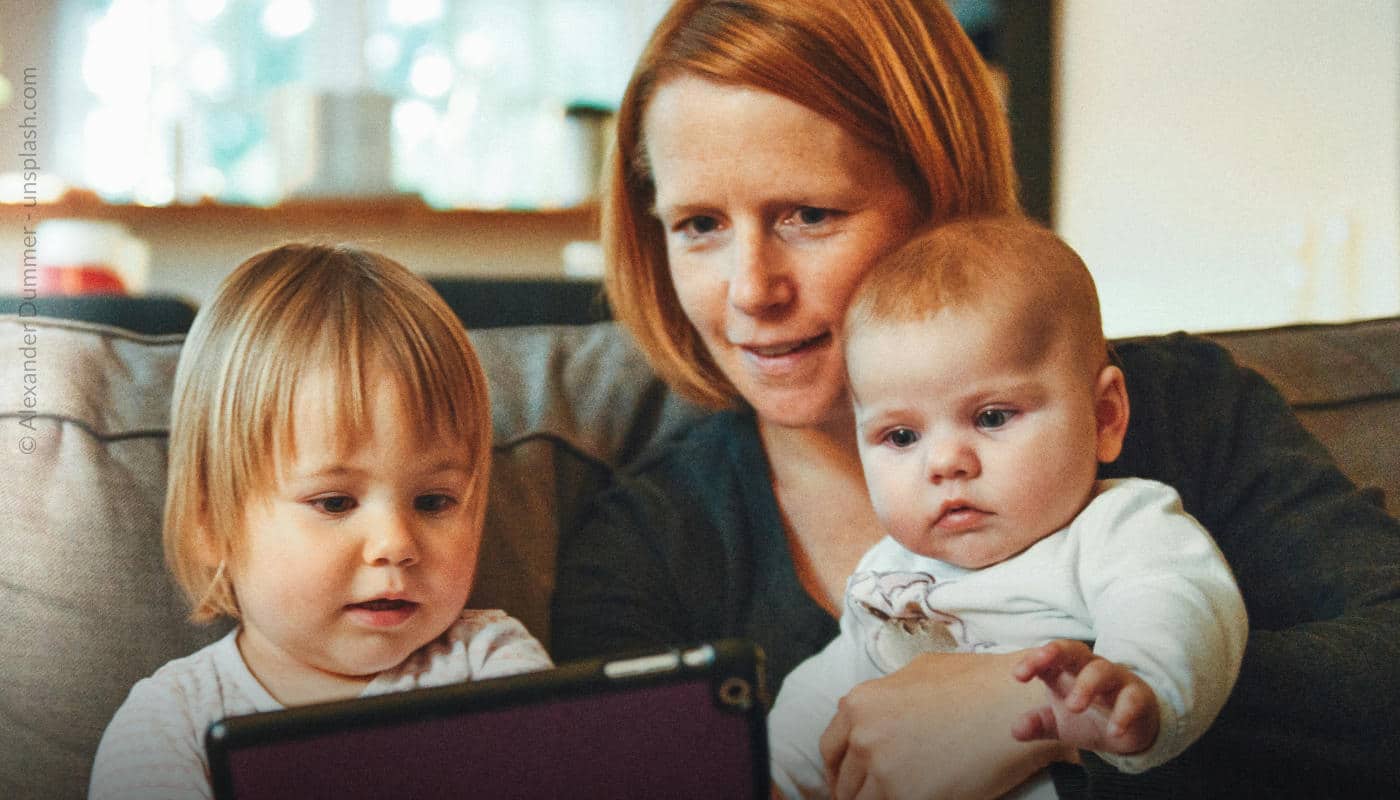Taking a look behind the scenes of companies: In the interview series herWHY, female employees give an insight and a very personal view of their job. They report on how they got there and describe the benefits they bring to the company with their area of responsibility. Learn about the women’s varied paths and get an authentic insight into the company.
Milena Ivanov (Micron Semiconductor (Deutschland) GmbH) in the herWHY interview
herCAREER: Why did you choose the company you currently work for?
Milena Ivanov: Actually, with my current company Micron it was the other way around. The story is a bit long, but interesting and I would like to share it. After my graduation from the Technical University in Munich in summer 2005 I started working as a circuit design engineer in the memory research department of Infineon Technologies. We were designing test chips for innovative non-volatile memories like Conductive Bridging RAM and Phase-Change RAM and became part of Qimonda AG after the company split in 2006. In 2007 as part of internal restructuring the research activities were stopped and me and my colleagues were reassigned to the development of graphics DRAM, GDDR5 at that time. Looking backwards this was one of the best things which have happened to me in my professional career, and I was very thrilled to work for a real product which goes directly into a customer application. 2008 was special for me, since this is the year, I gave birth to my first son, but my company Qimonda AG was plagued by the declining DRAM prices due to market oversupply. Its financial situation was worsening and eventually in 2009 insolvency was requested. The world economic crisis made it difficult to purchase the company or to find an investor to recapitalize it, thus liquidation was started. So eventually there was no company to return to after my one year of maternity leave. Luckily my son got accepted in a private day nursery and I started applying for a new job. In November 2009 I learnt about an opening for a circuit design engineer in a newly founded graphics DRAM Development Center in Munich as part of Elpida Memory, Inc. It was a startup including 45 former Qimonda AG engineers and managers having the task to continue designing and testing graphics DRAM, but now for the Japanese competitor Elpida. It was the perfect match for me, and I applied, got hired and was the second woman and the only mother in the team. After three exciting years and three GDDR5 designs, in 2012 Elpida too ran into financial difficulties and filed for bankruptcy. In 2013 the company was acquired by the US competitor Micron Technology. This is the story how I’ve started working for my current company.
herCAREER: What is your “why” behind the work you do? What motivates you in terms of both subject matter and personally?
Milena Ivanov: The “why” behind my work is the same why behind the decision to become an engineer: to work on a real product, which everyone could go into a store and buy it. Eventually I’m designing mixed-signal circuits for high-performance graphics memories like GDDR5, GDDR5X, GDDR6 and GDDR6X. These memories get integrated in different customer application like game consoles, graphic cards, networking, and automotive, so eventually into products, which everyone of us can go and buy in a store. It’s a dream come true!
A very strong motivation comes from the fact that me and my colleagues from Micron’s Munich Development Center design, validate and characterize the fastest discrete DRAMs in the world! We do shape the future of the high-speed DRAM development by introducing “game-changing” innovations like the GDDR5X in year 2016 and GDDR6X in year 2020. It is an awesome feeling to know that your work contributes to the fact that your company is a world leader! Every decision I make related to circuit topology and transistor sizing really matters and influences the area, the speed, and the power consumption of the design.
Going through two insolvencies, it is also great and reassuring to read Micron’s financial results.
herCAREER: In which ways/in which areas can you shape?
Milena Ivanov: The team and the leadership we do have here in Micron is truly inspiring. We are all focused to deliver to the customer a high-quality product on time! This makes our collaboration not only within the Munich team, but with other Micron teams worldwide extremely constructive. Every engineer’s work matters for the success of the product.
In the last couple of years, I took over also management responsibilities for part of the design team and was involved into the hiring process. This is on one hand challenging and on the other hand brings a lot of joy, especially when I see that team members develop in their knowledge and responsibilities and when new hires integrate into the team and show their potential.
herCAREER: Which three professional competencies should you have for the job?
Milena Ivanov: For the job as a circuit design engineer the first important competence is strong technical understanding in one of the different design fields: analog design, fully customized digital design, RTL design, digital implementation, or layout design. For the collaboration within the company, English language, and the ability to work in a team are inevitable. To be a good listener is crucial as a team lead.
herCAREER: Which of your talents can you use particularly successfully in this job?
Milena Ivanov: For me personally the education at the Technical University of Munich gave me the needed technical background, which got enlarged through the hands-on experience on more than eleven projects and was boosted by the willingness of my more experienced colleague to share their knowledge. Having analytical thinking preferences helps me to set the right priorities and stay focused.
About the person
Milena Ivanov received the master’s degree in telecommunications from the Technical University in Sofia, Bulgaria, in 2001, and the Diploma degree in Electrical Engineering from the Technical University of Munich, Germany in 2005. She joined the Memory Products Division, Infineon Technologies (which became Qimonda AG), Munich, in 2005, where she was involved in the development of emerging memories, particularly, conductive bridging RAM. In 2009, she joined Elpida (now Micron), Munich, where she was involved in the circuit development for high-speed graphics DRAM memories GDDR5, GDDR5X, GDDR6 and GDDR6X. She has authored or co-authored several U.S. patents. Since 2019 Milena also holds management responsibilities for a part of the design team. She is a wife and a mother of two sons.












